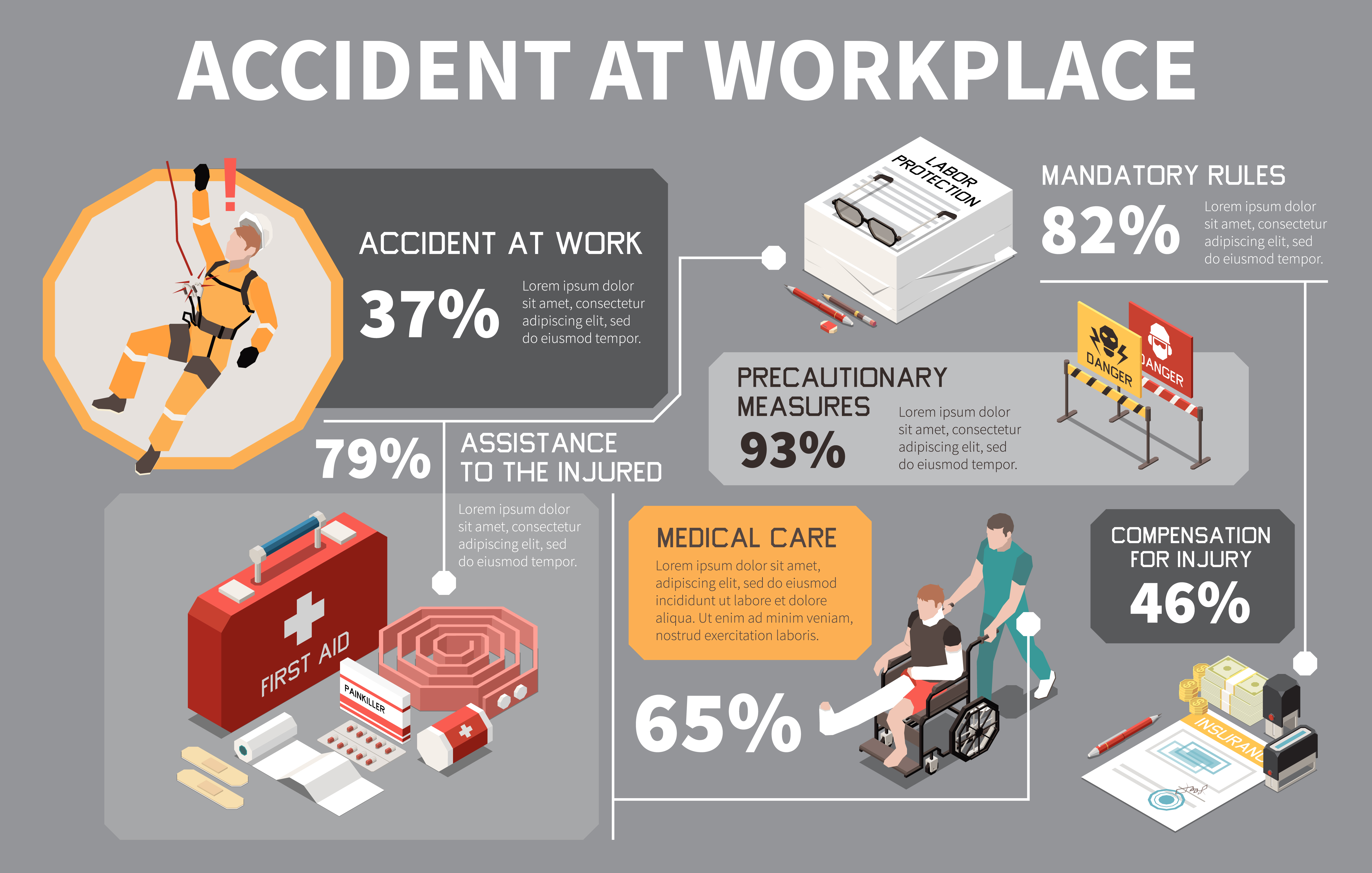
Personal injury cases have become increasingly prevalent across the world, with the personal injury law industry now generating substantial revenue and handling thousands of cases annually. Industry revenue for personal injury lawyers and attorneys in the US alone was $57.3 billion in 2024, reflecting the growing demand for legal representation in injury-related matters. This surge in personal injury cases stems from various interconnected factors that affect different aspects of daily life, from workplace safety to transportation systems.
The Growing Landscape of Personal Injury Claims
The personal injury sector has experienced remarkable growth, with the industry valued at over $53 billion in recent years. This expansion reflects not only an increase in the number of incidents but also greater awareness among individuals about their legal rights when injured due to negligence or unsafe conditions. Approximately 95% of personal injury cases are resolved through settlements before reaching trial, indicating that most parties recognize the validity of claims and prefer to avoid lengthy court proceedings.
The demographic patterns of personal injury cases reveal significant insights into who is most affected by various types of accidents. Women are over 70% more likely than men to be injured in motor vehicle crashes, while teenage drivers face particularly high risks, with crash rates nearly four times higher than drivers aged 20 and older. These statistics highlight the importance of understanding risk factors across different population groups.
Motor Vehicle Accidents: A Leading Contributor
Transportation-related incidents remain one of the most significant contributors to personal injury cases. The persistence of motor vehicle accidents as a major cause of injuries reflects various factors including distracted driving, inadequate infrastructure, and increasing traffic congestion. The National Safety Council estimate of motor-vehicle deaths in the first six months of 2024 is 20,900, nearly unchanged from the revised estimate of 20,930 in 2023, demonstrating that despite technological advances in vehicle safety, road accidents continue to pose substantial risks.
The consistency of these numbers over time suggests that while vehicle safety features have improved, other factors such as driver behavior, road conditions, and traffic volume continue to contribute to accident rates. Modern vehicles equipped with advanced safety systems have undoubtedly prevented many severe injuries, but the fundamental challenges of human error and environmental hazards persist.
Workplace Safety Challenges
- Mavhunga puts DeMbare into Chibuku quarterfinals
- Ndiraya concerned as goals dry up
- DeMbare’s double boost
- ‘Zifa suspension won’t affect player transfers’
Keep Reading
Occupational injuries represent another major category of personal injury cases, with certain industries facing particularly high risks. The construction sector stands out as especially dangerous, with nearly 1 in 5 workplace deaths occurring in the construction industry and 38.4 percent of these deaths due to falls, slips, and trips. This industry accounts for almost half of all fatal falls, slips, and trips nationwide, highlighting the inherent dangers of construction work.
Despite overall improvements in workplace safety over the decades, with worker injuries and illnesses down from 10.9 incidents per 100 workers in 1972 to 2.4 per 100 in 2023, certain sectors continue to struggle with maintaining safe working environments. The transportation and warehousing industry, which employed 6.6 million people as of June 2024, also faces ongoing safety challenges due to the physical nature of the work and the variety of hazards present in these environments.
The Slip and Fall Epidemic
Slip and fall accidents have emerged as a particularly concerning category of personal injury cases, affecting millions of Americans annually. More than 6.9 million people were treated in emergency rooms for fall-related injuries in 2021, representing a substantial burden on healthcare systems and a significant source of personal injury claims.
The elderly population faces disproportionate risks from slip and fall incidents. Approximately 30% of people age 65 or older experience fall incidents, with a significant portion being repeat incidents. Among older adults, these accidents rank as the second leading cause of injury-related deaths, making them a critical public health concern that extends beyond individual cases to broader demographic trends.
Slip and fall accidents account for one-eighth of the eight million injuries and deaths that occur every year in the U.S., with approximately 5% of these incidents resulting in broken bones such as hip fractures and elbow fractures. These statistics underscore the serious nature of what might initially appear to be minor accidents.
Medical Malpractice: Complex and Costly Cases
Medical malpractice represents one of the most financially significant categories of personal injury law. The National Practitioner Data Bank reports 10,217 medical malpractice payments in 2024, totaling $4.328 billion. That equates to an average payment of $423,607. These substantial settlement amounts reflect both the severity of injuries often involved in medical malpractice cases and the complex nature of proving negligence in healthcare settings.
According to Morris Injury Law Firm, the complexity of medical malpractice cases stems from the need to establish not only that an injury occurred but also that the healthcare provider deviated from accepted standards of care. This requirement often necessitates expert testimony and extensive medical documentation, contributing to longer case timelines and higher legal costs.
Technological and Social Factors
The rise in personal injury cases cannot be attributed solely to increases in dangerous activities or deteriorating safety standards. Several technological and social factors have also contributed to this trend. The proliferation of smartphones and other mobile devices has led to increased distracted driving incidents, while the growth of delivery services and ride-sharing has put more vehicles on the road, potentially increasing accident rates.
New technologies like EHR, telemedicine, and wearable devices are revolutionizing the method by which diagnostic data is processed. While these advances can benefit personal injury claims by providing better documentation of injuries and treatment, they also create new challenges regarding privacy and security of medical information.
Social media and increased connectivity have also made people more aware of their legal rights and more likely to pursue compensation for injuries. This heightened awareness, combined with greater access to legal information and attorney advertising, has likely contributed to the increase in personal injury claims filed.
Economic and Demographic Pressures
Economic factors play a significant role in the rise of personal injury cases. Healthcare costs continue to escalate, making even relatively minor injuries financially burdensome for individuals and families. When faced with substantial medical bills resulting from someone else's negligence, pursuing legal action becomes not just a matter of principle but economic necessity.
The aging population in the United States also contributes to increased injury rates, particularly for slip and fall accidents and medical malpractice cases. As the baby boomer generation ages, the demographic most susceptible to certain types of injuries continues to grow, naturally leading to higher case volumes.
Final Word
The rise in personal injury cases reflects a complex interplay of factors ranging from persistent workplace hazards and transportation risks to demographic shifts and technological changes. While some progress has been made in reducing workplace injuries and improving vehicle safety, new challenges continue to emerge. Understanding these contributing factors is essential for developing effective prevention strategies and ensuring that injured individuals receive appropriate compensation for their losses. The substantial growth of the personal injury law sector, now worth billions of dollars annually, demonstrates both the ongoing need for legal protection and the significant impact these cases have on American society and the economy.










